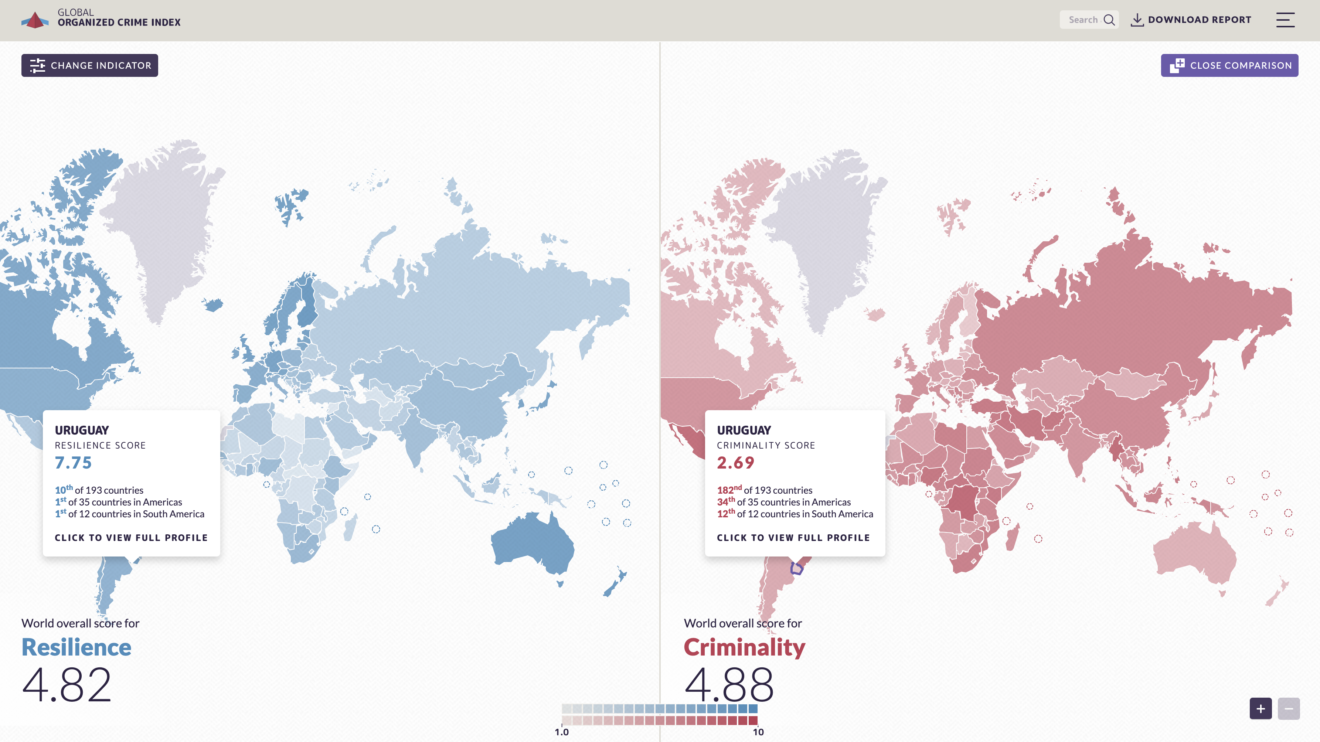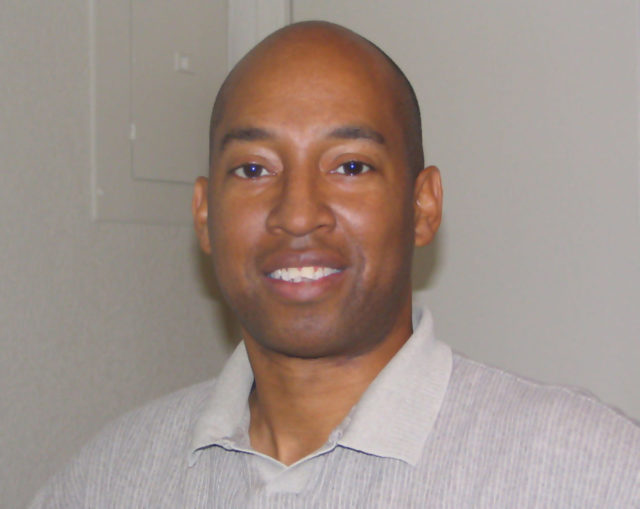
Unique tool offers pioneering overview of illicit economies and provides original basis for measuring vulnerability and resilience to organized crime for all UN member states.
Geneva, Switzerland – 28 September 2021: In recent years, there have been indications that the scope, scale and impact of organized crime has been growing around the world. But until now there has been no clear measurement of the problem. The Global Organized Crime Index published today by the Global Initiative Against Transnational Organized Crime (GI-TOC) provides the first-ever assessment of illicit economies in all 193 Member States of the United Nations. It shows the penetration of criminal markets, the risks and impact of criminal activity, the dynamics of criminal actors, and the resilience of countries to deal with the problem.

“For years we have been chasing shadows; for the first time this Index gives us a global picture of organized crime”, said Mark Shaw, Director of the Global Initiative.
Among the key findings of the Global Organized Crime Index are:
- More than three-quarters of the world’s population live in countries with high levels of criminality, and in countries with low resilience to criminal activity.
- Asia has the highest levels of criminality of all continents, although with significant sub-regional differences.
- Human trafficking is the most pervasive of all criminal markets globally.
- Democracies have higher levels of resilience to criminality than authoritarian states.
- State actors are the most dominant agents in facilitating illicit economies and inhibiting resilience to organized crime.
- Many countries in conflict and fragile states experience acute vulnerability to organized criminal activity.
The index, which is based on 26 criminality and resilience indicators, allows users to compare and analyse data and scores both at a macro, and more localised levels, through both a geographic and thematic lens. The Index also offers insights into the definition of organized crime by disaggregating the concept into ten commodity-based criminal markets, and four criminal actor typologies. Similarly, the tool takes a whole-of-society approach to resilience by evaluating twelve indicators that speak to political, economic, legal, and social measures.
Although criminality dynamics vary from country to country and region to region, the Index shows how the effects of organized crime are multidimensional and complex. Many of the underlying drivers and enablers of transnational organized crime have become even more pronounced as a result of the COVID-19 pandemic.
“The Global Organized Crime Index strengthens the evidence base on which to take more effective remedial action”, continues Mark Shaw, “It shows the extent to which crime has become a truly global problem, which therefore requires a more strategic global response”.
As an expert-led, data-driven analytical tool, the development of the Index relied on the expertise of over 350 technical, thematic, and geographic experts. The Index provides a unique foundation for further analyzing criminal activity both at national and international levels, and the first-ever baseline for measuring criminality and resilience over time.
In addition to the scores and rankings, the Global Organized Crime Index website allows users access to country summaries that explain the context behind each country’s scores.
The tool will be available at ocindex.net on the day of the launch.
Source: The Global Initiative
Related Link
https://tnc.network/news-brief/

Rod Washington: Rod is a blogger, writer, filmmaker, photographer, daydreamer who likes to cook. Rod produces and directs the web series, CUPIC: Diary of an Investigator. He also produces news and documentary video projects. Check out his podcast StoriesThisMoment at https://m3e.d71.myftpupload.com/stm-tncn-podcasts/


